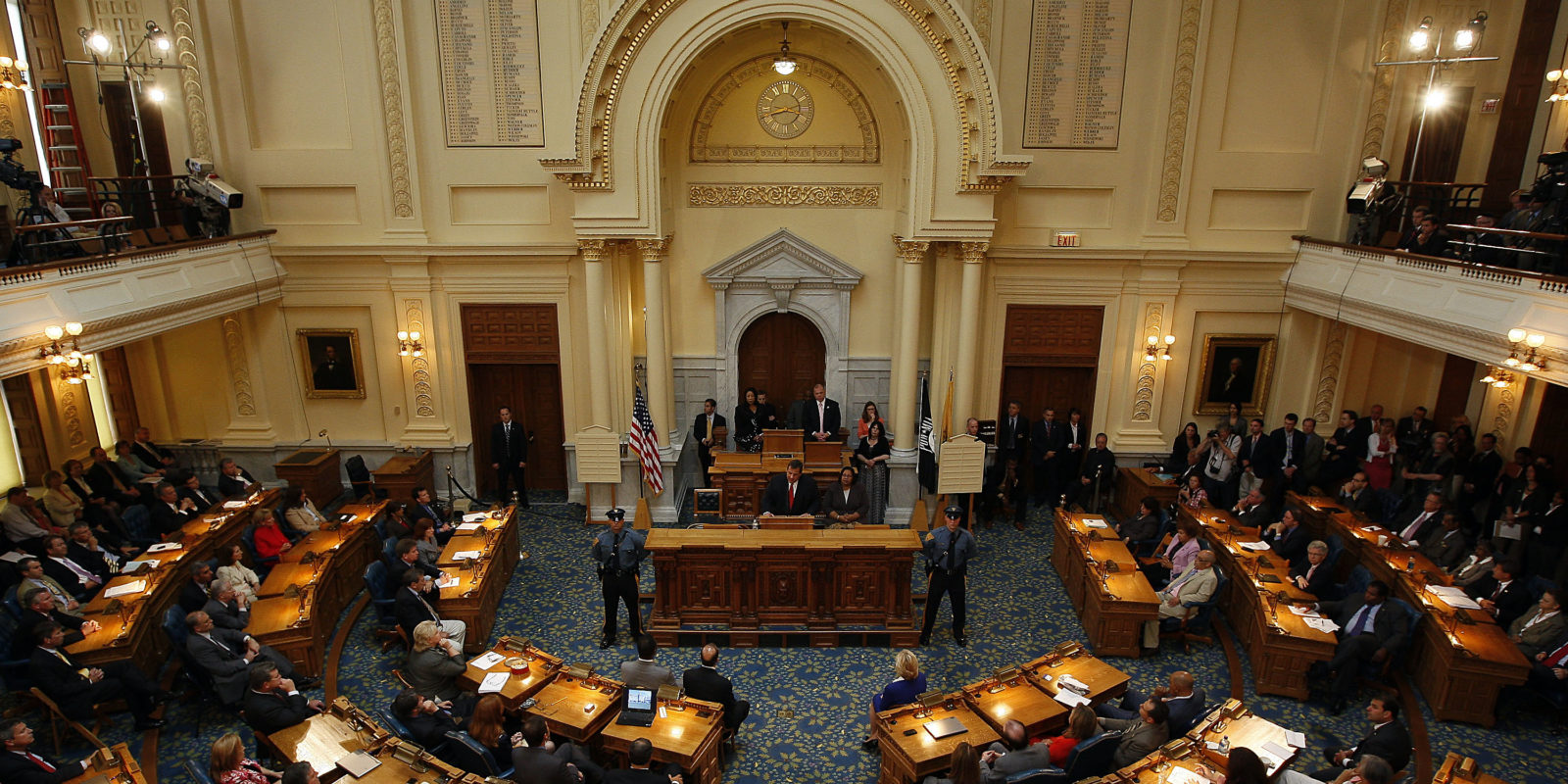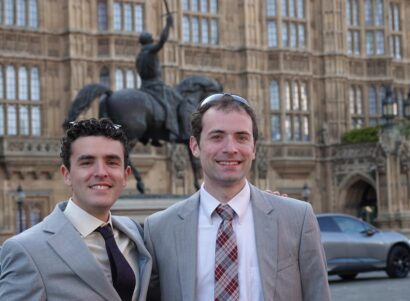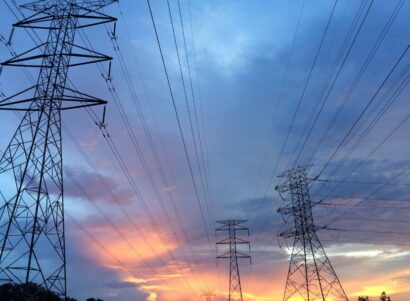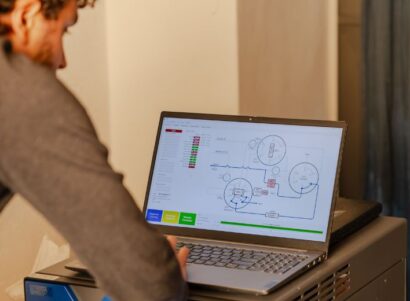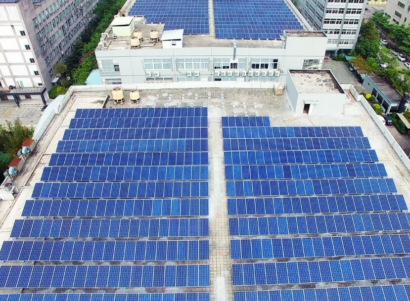In our report “A Clean Energy Pathway for New Jersey,” co-authored with the Institute for Energy and Environmental Research, we outlined a pathway for New Jersey to halve its power-sector emissions by 2030 that is both achievable and affordable. Part I of this blog post makes the case that a focus on energy efficiency is the key to New Jersey achieving its clean energy goals.
Keeping the costs low will likely hinge on the Garden State’s ability to attain statewide energy-efficiency savings of at least 2% per year. To reach this target, New Jersey may need to fundamentally restructure the administration of its energy efficiency program and enact effective new policies and regulatory mechanisms.
What types of efficiency programs and policies can New Jersey develop?
Two main types of efficiency programs have been adopted across the United States. The first and most common category comprises efficiency programs administrated by investor- and publicly owned utilities. The second category includes independent, non-utility programs.
UTILITY ADMINISTRATION
The advantages of utility-managed efficiency programs are several: Utilities already have a personal relationship with customers, have detailed customer energy use data, and control existing energy infrastructure. This ubiquitous access can be leveraged to effectively promote and implement energy efficiency.
A major disadvantage, however, is that utilities generally lack the incentive to implement efficiency measures because their profits are coupled with electricity sales. Strong regulatory mechanisms are needed to remove this “throughput incentive,” including direct cost recovery for the utility efficiency efforts; decoupling measures to ensure that utilities reach their revenue goals even if total electricity sales decline due to efficiency measures; and the adoption of earnings incentive mechanisms – performance incentives triggered when utilities achieve or exceed predetermined efficiency targets. The addition of performance incentives adds a need for evaluation, measurement, and verification (EM&V) of energy savings, which introduces additional costs.
NON-UTILITY PROGRAMS
In the second broad category of efficiency administrators, programs rely on statewide non-utility organizations to implement energy efficiency. These can be state-run (as in New York, Maine, Maryland, and New Jersey) or administered by a third party non-government entity (as in Vermont and Oregon). State-run programs are generally viewed as the weaker choice. The advantage of an independent non-utility energy efficiency administrator is the ability to focus on its mission statewide, without the conflicting incentives that burden utility administrations. These “efficiency utilities” have energy efficiency as their primary purpose and measure their success only through delivered energy savings and related social goals such as equity and environmental benefits.
A disadvantage is that independent entities still need performance incentives and regulatory oversight, as well as externally imposed energy efficiency obligations and guaranteed funding through a public-benefits charge. Like utility administrations, the need for performance incentives and obligations adds a need for costly EM&V. In addition, there is often a need to develop relationships with energy customers, potentially from scratch.
Both of the above approaches share one fundamental downside: They generally lack the competition and intrinsic profit incentives of free markets (even though the private sector is always involved to some extent via third-party contractors). This brings us to a third possibility: implementing energy efficiency solely through market-based mechanisms within the private sector, without efficiency obligations or guaranteed public funding.
MARKET-BASED SOLUTIONS
There are good reasons why states avoid this path. The numerous market barriers to efficiency adoption for businesses and individual consumers are real and well known. They range from economic barriers (high upfront costs, lack of access to capital, long payback times), to behavioral hurdles (split incentives, high customer discount rates, bounded rationality) and logistical obstacles (lack of information, the hassle of identifying and implementing efficiency measures, limited product availability).
There are some clever ways to surmount these barriers in a competitive market. One idea is to allow third-party energy service companies (ESCOs) to bid for the right to deliver energy efficiency. ESCOs can also contract directly with homeowners or businesses to take over the cost of their energy bill at a flat rate for a specified future period of time. ESCOs would then pay for the upfront costs of efficiency measures and implementation, and reap the benefits of the subsequent energy savings. ESCOs may be tempted to pick only the lowest hanging fruit or invest in measures that provide high short-term returns. Policy measures can help get around these challenges by mandating long-term contracts and providing earnings incentive mechanisms that are triggered when a variety of deep savings measures are implemented or full building retrofits are achieved.
In such lightly-regulated type of competitive environment, ESCOs would have the incentive to achieve real energy savings at the lowest possible cost in order to maximize their profits. This approach can potentially obviate the need for energy efficiency obligations and the subsequent quantitative EM&V (qualitative EM&V may still be required), because the market should, in principle, automatically adopt all economic energy efficiency measures. If a state wishes to set an overall energy efficiency target, it may need to obligate utilities to acquire or purchase a certain amount of tradable energy efficiency certificates, where each certificate represents a specific and verified amount of energy savings achieved through efficiency measures. Such certificates, however, would still require quantitative and costly EM&V.
Another possible market-based policy construct that hasn’t seen any empirical testing is the idea of energy efficiency feed-in tariffs (FITs) where price incentives and rebates are specified for a qualitative list of energy efficiency measures but the quantity of efficiency measures is left to the market. These incentives can be paid in advance in order to lower the capital costs of energy efficiency implementation.
Moving New Jersey forward
It is evident that New Jersey’s existing state-run efficiency program has failed in recent years to incorporate the most beneficial aspects of any of the different approaches outlined above. The state’s umbrella energy efficiency entity, the New Jersey Clean Energy Program, is managed by the Office of Clean Energy within the New Jersey Board of Public Utilities (BPU), and is in charge of both renewable energy and energy efficiency. Since the BPU administers and manages the program, as a state agency it is ineligible to receive performance incentives for achieving energy efficiency targets – and the state has no such targets.
Perhaps the biggest challenge in New Jersey is the difficulty of planning and contracting under state authority; the process can be cumbersome and slow, with a real impact on program results. Moreover, the funding for the program, which comes from the “societal benefits” charge collected by utilities, has been repeatedly raided by previous administrations to close budget gaps, thus limiting the availability, reliability, and predictability of funding available for energy efficiency.
If New Jersey wants to keep the current non-utility model of energy efficiency administration, it should consider switching from a state-run program to a third-party, non-government organization that is solely devoted to energy efficiency and is eligible for performance incentives when targets are achieved. Ideally, the program administrator should be selected via an open competitive bid and subject to regular evaluations and program administrator cost tests. Because market penetration takes time, the revenue stream for the program coming from the societal benefits charge will need to increase to adequate levels to ensure program effectiveness and be outside of the annual appropriations process to ensure continuity.
Most importantly, there is a need for a meaningful state energy efficiency target that quickly ramps up to 2% savings per year. New Jersey can also allow market entities such as ESCOs to participate in the energy efficiency market, while making sure that there is a policy framework in place that requires them to engage in long-term contracts and rewards them for achieving deep savings and completing full building retrofits. Customers can then have a competitive choice between the statewide energy efficiency administrator and the private energy service companies. Ideally, decoupling mechanisms for utilities should also be introduced and the state should develop an integrated resource plan that incorporates energy efficiency. Benchmarking and market transformation goals will also be very important.
Efficiency benefits everyone
Finally, special policy measures are needed to ensure that a portion of energy efficiency funding is allocated to programs for low-income households. In our report, we emphasized that while the average ratepayer electricity bill in New Jersey may likely decrease under a clean-energy pathway, the impact will be different for those who do implement efficiency measures and those who don’t. This is illustrated in the graph below, where we calculated the evolution of electric bills in New Jersey based on the heuristic assumption that half of the households implement efficiency measures and the other half don’t. In this case, the efficient half will see much greater reductions in bills compared to average, but the inefficient half will see an increase.

It is crucial that energy efficiency is implemented in low-income households so that the full benefits of energy efficiency are realized for every citizen. In New Jersey, the energy bills of low-income households are currently limited to 6% of their gross income. Efficiency efforts in low-income communities would therefore also help reduce energy assistance costs that are paid by everyone in the state.
In summary, there are many proven ways to effectively deliver energy efficiency. New Jersey has a range of options, including energy efficiency obligations for utilities, independent efficiency entities, FITs, and ESCOs, the latter having an important role to play in any scenario. The essential starting point in each case is a high-level commitment to “efficiency first,” creating an ambitious, measureable statewide savings goal, and guaranteeing adequate and continual funding for the effort.
